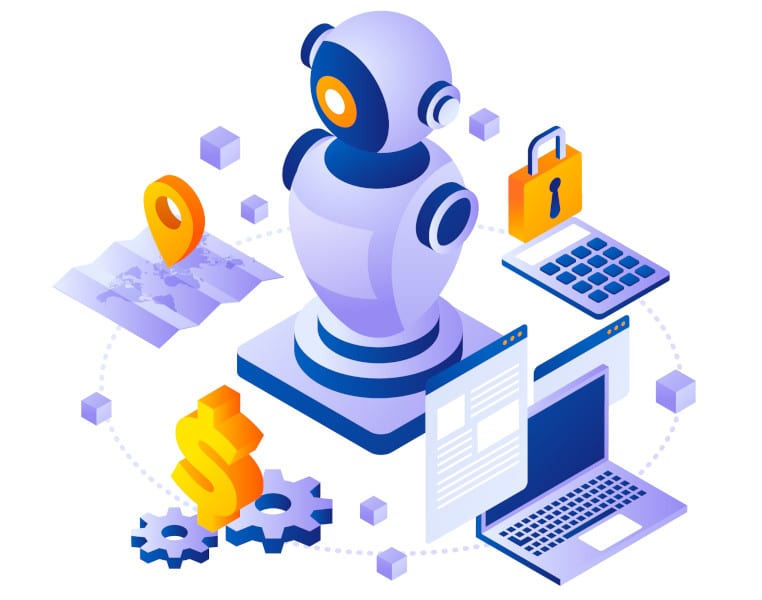Reinforcement learning is, along with supervised and unsupervised learning, one of the three major machine learning techniques.
This family of algorithms has been creating a lot of buzz in recent years, with innovative products from the OpenAI company such as OpenAI Five, an AI that managed to beat a team of professional players on the Dota 2 video game, or the famous ChatGPT, which uses this technique to adjust its parameters.
What is reinforcement learning?
Reinforcement learning is a field of machine learning in which an agent (virtual entity: robot, program, etc.) is placed in an interactive environment in which it must learn to perform actions that maximize quantitative rewards.
💡Related articles:
| Image Processing |
| Deep Learning – All you need to know |
| Mushroom Recognition |
| Tensor Flow – Google’s ML |
| Dive into ML |
What is the SARSA algorithm?
SARSA is a learning algorithm whose name comes from State-Action-Reward-State-Action, meaning State-Action-Reward-State-Action, and refers to the sequence of elements that make up the algorithm. It is an algorithm based on a table of action values (or Q-table, Q representing the measure of the quality of an action performed) which assigns to each state-action pair a value representing the expected reward.
Conclusion
In summary, SARSA is a reinforcement learning algorithm that aims to teach an agent the decisions to be made in an environment by means of an iteratively updated Q-table. It follows a policy of exploration and exploitation while interacting with the environment, and is used in various fields such as video games, decision-making in robotics, or solving path planning problems.

If you’d like to learn more about this field, take a look at our Data Scientist training course.










